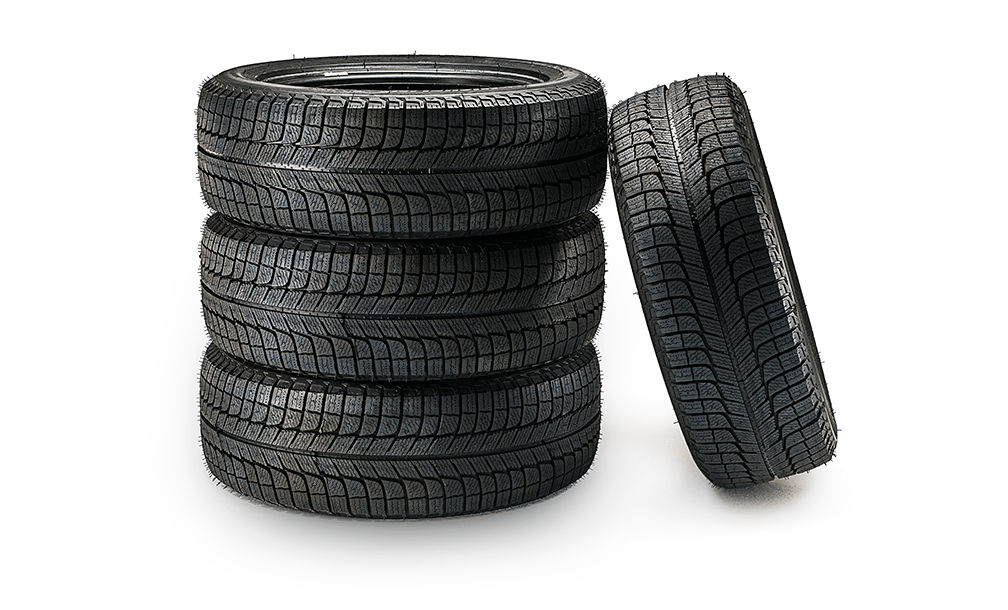Select a province & language
Entrance to this website assumes you have read and agree to these Legal Terms and Conditions and the Privacy Policy.
Entrance to this website assumes you have read and agree to these Legal Terms and Conditions and the Privacy Policy.
Canada’s conditions are very different from province to province, from region to region. Debating winter tires versus all-seasons is a different conversation in Kelowna as it is in Katimavik.
For most of Canada, where winter is WINTER, those winter tires are a true necessity and have many benefits.
But in other regions, mostly along the southern border and in major cities, a lot of drivers deal with less of those extreme conditions. There, many drivers still opt for all-season tires through the winter months.
The logic makes a certain amount of sense: for most of those winter days, conditions are not that bad. So why bother with winter tires?
But when we’re driving, our tires don’t calculate an average of the last 30 days. Our tires need to react to the conditions on the road surface at that very moment. And the fact is, even the most temperate areas of Canada get hit with severe winter conditions a few times each winter.
If there’s a cold snap in even the southernmost part of Canada (which there always is), all-season tires just aren’t up to those types of conditions. Like the black ice that suddenly forms under a bridge on a cold day right after a thaw. Or that overnight snow dump that has you navigating roads that haven’t been cleared yet.
Your tires don’t care that it was dry yesterday. They need to be ready for what’s happening today.

The answer is very simple: in winter conditions like snow, slush, ice, and cold, winter tires simply perform better. They improve traction and control in frost, snow and icy conditions. They may also significantly shorten your braking distance.
Let’s get into how winter tires make you safer on winter roads.
The very first patent for a winter-specific tires was filed in 1921. Since then, engineers have designed and improved winter tires to work specifically for winter conditions. Every aspect of the tire has been optimized for winter driving. From tread design, to thickness, to even the molecular structure of the actual rubber.
Below are some concrete (pun intended) reasons as to what exactly makes winter tires more effective in wintery conditions like snow, ice, and even cold bare pavement.
The way tires get the most traction is by maximizing the amount of rubber that is touching the road at any one time. This becomes really difficult in snow. The deeper treads give the tire the ability to push snow into the gaps, allowing the tire to reach down and touch the road surface. The treads are also specially designed to channel the snow and slush out the back of the tire as it rotates.
Myth: Having ABS or four-wheel drive improves your traction on wintery conditions. In fact, the only thing that significantly increases your traction for stopping, sliding or even accelerating, is the type of tires that are in contact with the road.
Sipes are those tiny slits you see in your winter tires. So why are they there? To answer that question, it’s important to know that, on a microscopic level, the snow and ice that gets pushed down upon by your tires gets turned into water. Water makes things slippery. That’s bad. Luckily, as your tire rolls down upon snow or ice, those sipes actually capture that water, then push it out the back of your tire as it keeps rotating.
That mini-lesson on microscopic water is also important to the type of rubber winter tires are made from.

Toyota-approved winter tires are made from special rubber compounds that are classified as hydrophilic (‘water-loving’ in Latin). Regular rubber tends to repel water, which, at a microscopic level, creates a slippery surface. But hydrophilic rubber actually grips road surface better in wet conditions.
Speaking of specific rubber compounds for your winter tires...
In cold temperatures, the rubber of summer or all season tires begin to stiffen. This reduces their ability to provide traction. By contrast, winter tires are made from a softer rubber compound, to make sure they can grip the road surface even in colder temperatures. This makes winter tires a better solution than all season tires, even when winter roads are bare and dry.
If anyone knows risk assessment, it’s the insurance companies. So the fact that many of them give you a discount for having winter tires is a pretty good indicator of what’s safer on the road. Ask your insurance provider if you can get a winter tire insurance discount.
In these times, we all have safety in mind. So when it comes time to change your tires, consider switching to winter tires, even if you don’t get a whole lot of snow. Winter tires can give you that extra confidence on your next road trip. So you can enjoy the highways and byways of our wonderful land with peace of mind